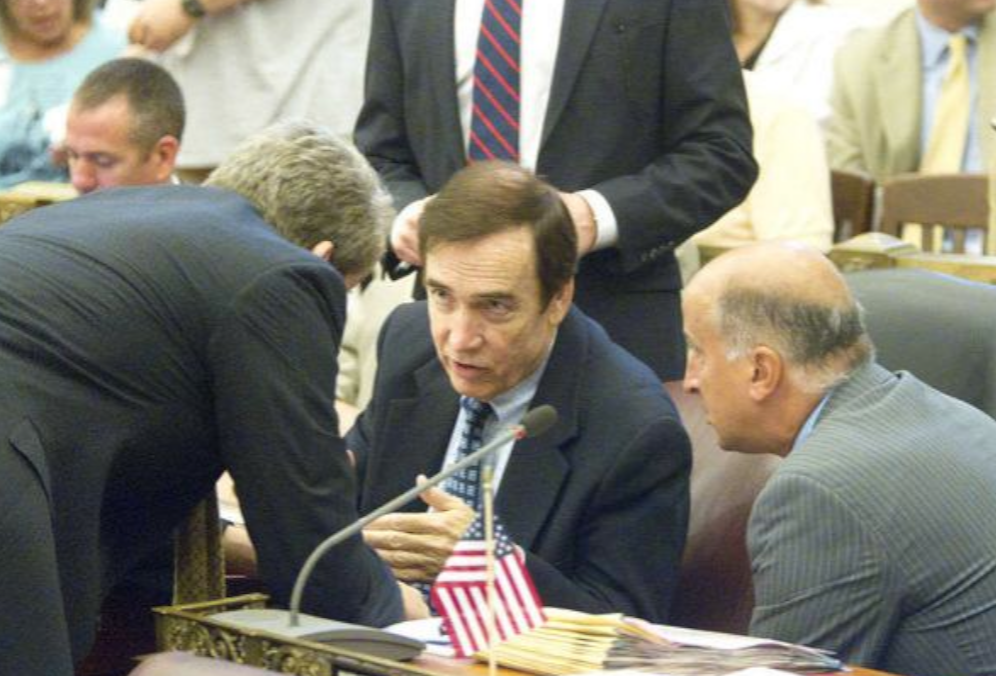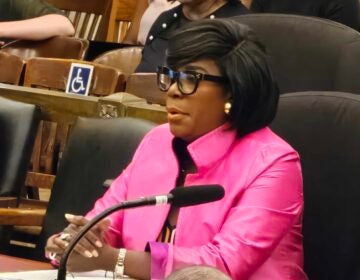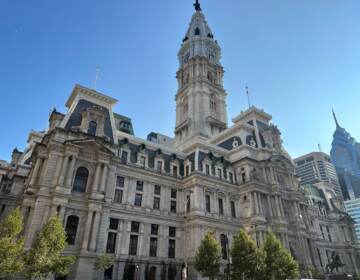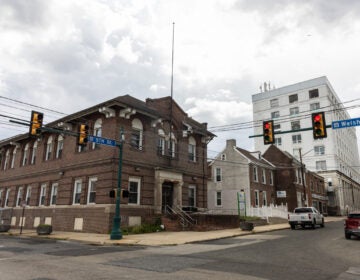O’Neill bill would codify councilmanic prerogative in subdivision process

A new bill from 10th District Councilman Brian O’Neill could write councilmanic prerogative into the city’s routine planning procedures first time, by shifting power over property subdivisions that the city charter specifically reserves for the Planning Commission to the discretion of District Councilmembers.
Councilmanic prerogative is the tradition whereby District Councilmembers are afforded total authority over land use and development matters within their own districts by other District Councilmembers. When, for example, Councilman O’Neill introduces a land use bill concerning his 10th District, other councilmembers will defer to O’Neill’s stance because it is his district, with the expectation that other District Councilmembers afford them the same deference.
A Pew report, produced in partnership with PlanPhilly, released last year found that dissension in council on land use votes is extremely rare and the effect is powerful. District Councilmembers effectively have unilateral control over who can purchase city-owned land in their districts, how land is zoned, and, to a more limited extent, whether zoning variance requests before the Zoning Board of Adjustment are favored or disfavored. Since 2012, street design has also been decided by Councilmanic prerogative.
Supporters of the tradition say the added Council discretion enhances flexibility and responsiveness to local opinion, while detractors cite the potential for corruption and short-sighted transactional planning, as well as the disempowering effect it has on the Mayor and Planning Commission’s role in zoning and land use politics. More than one former Councilmember, including Jimmy Tayoun, Rick Mariano, and Leland Beloff, has run afoul of the law because of prerogative, and just this month a federal jury found 2nd District Councilman Kenyatta Johnson abused his power by refusing to introduce legislation to sell city-owned land to developer Ori Feibush, who was the highest bidder for the properties at auction.
Councilmanic prerogative mainly comes into play when land use proposals venture outside the sphere of by-right uses, or those permitted by a property’s zoning classification. One goal of the Nutter administration’s zoning reform was to reduce the scope for that type of discretion by increasing the volume of workaday development that’s buildable by-right. In theory, as all neighborhoods eventually complete zoning remapping there should be fewer zoning variance requests, and therefore a smaller number of project-level interventions by Councilmembers.
That goal hasn’t always sat well with some district representatives, who would like to retain some capacity to intervene when development proposals prove unpopular with neighbors, and Councilman Brian O’Neill’s new bill is the latest and most direct attempt to carve out a place for Council.
O’Neill’s bill amends the section 14-303(7)(c) of the code governing Subdivisions and Plats to read:
The applicant shall provide documentation, in the form of a letter, that the District Councilmember supports any proposed changes to the City Plan before the Commission may consider approval the Preliminary Plat.
A plat is basically a map that includes streets and subdivisions, and the preliminary plat is the first such plan presented to the city when a developer intends to subdivide a piece of land for development.
Should it pass, the change would mark the first time councilmanic prerogative would be written into the city’s standard planning procedures. But it is not the first time Council has attempted to codify the tradition.
When Council passed the 2014 bill creating an official process for converting street space to parklets and pedestrian plazas, an earlier draft of the legislation included a letter from the district representative as one means to install pedestrian infrastructure.That provision was shot down by the Law Department for introducing too much subjective authority into the process and the bill had to be amended.
O’Neill’s bill to change the city’s subdivision process would insert Council into an activity that is now performed at an administrative level.
Under the current process, a developer submits the preliminary plat to the Planning Commission, complete with street, utility, water, and sewer plans. Relevant departments review everything for technical accuracy, and if it all checks out, the plans get the stamp of approval, and can then proceed by-right.
O’Neill’s bill would require a letter of support from the District Councilmember, prior to preliminary submissions to the Planning Commission . So if the Councilperson doesn’t like a project, he or she can simply ignore a developer’s request for a letter of support, and pocket veto the whole thing.
Councilman O’Neill has not returned several interview requests from PlanPhilly, but sources familiar with the bill say it’s aimed at preventing a single development proposal in the Northeast. Introducing Councilmanic prerogative as the first step of the subdivision process, however, could have wider effects.
Some developers and land use attorneys PlanPhilly spoke with on Friday said the bill would likely affect even the routine redrawing of lot lines for development projects with multiple homes.
Others say their read of the bill is less sweeping, affecting only cases where subdivisions involve the platting of brand new streets. The City Plan is defined as “The City Plan of streets as described in § 11-400 of The Philadelphia Code.” The Planning Commission typically reviews fewer than a dozen such cases a year, primarily in the Northeast or sometimes the Northwest where there are still some large tracts of undeveloped land.
“The bill says [a letter would be required for] any modifications to the city plan, so this would be any project that’s got some new streets coming on, which most of the time are very substantial developments, or anything that strikes streets away.” said Brian Emmons, president of the Building Industry Association, a group opposing the bill. Emmons had not yet spoken with O’Neill about his intentions as of Friday.
“It sort of strips all the intent of the zoning code away,” he continued, “When we have a zoning code that says you can do x, y, and z by-right, it’s predictable for a builder or a developer. And for a Councilperson to introduce a bill that says it doesn’t matter if it’s by-right, or if the code allows you to do it, that just adds another layer of complexity to getting any development done.”
David Feldman, executive director of the Development Workshop lobbying group which also opposes the bill, made similar points about the bill representing a backslide away from the predictable process that was a goal of the 2012 zoning reforms.
“The biggest issue is it takes away the predictability and a defined process, and creates a hidden secretive process that’s in the hands of one person without any public knowledge that it’s even happening,” he said.
The Planning Commission is staying mum on the bill as they await an opinion from the Law Department. The city charter, for its part, says fairly straightforwardly that the subdivision of land is a Planning Commission function:
“The laying out of city streets and the subdivision of city land are integral parts of planned city development. For this reason, regulations governing the subdivision of land, as well as the approval or disapproval of plans of streets and revision of such plans and land subdivision plans, fall within the province of the City Planning commission.”
A hearing on the bill is scheduled in Council’s Rules Committee on June 7th.
WHYY is your source for fact-based, in-depth journalism and information. As a nonprofit organization, we rely on financial support from readers like you. Please give today.






